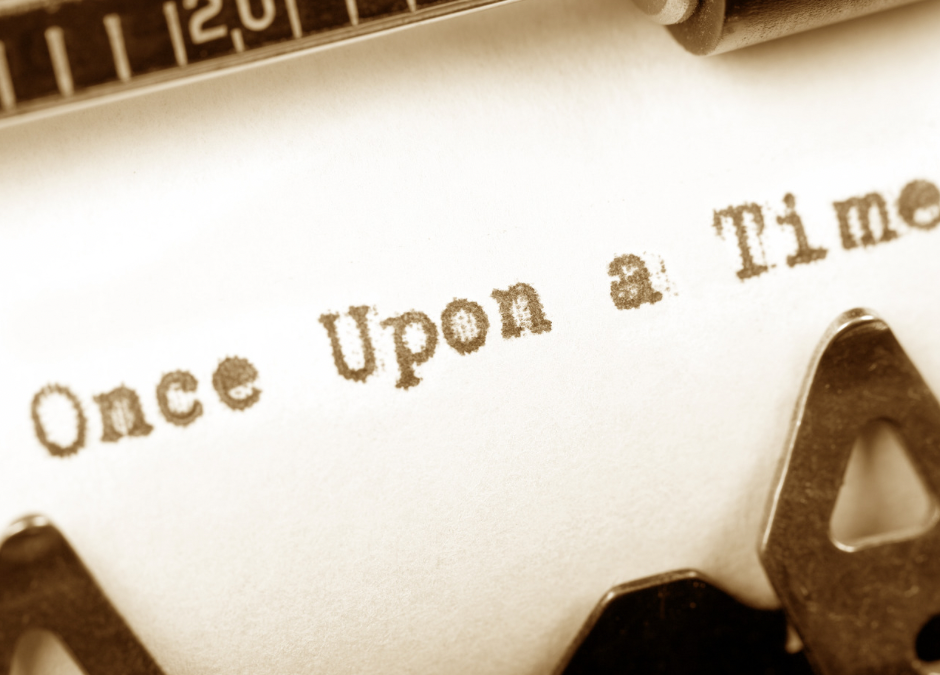Unlock the Secrets to High-Scoring Narrative Essays: A Comprehensive Guide.
One of the most challenging but also fascinating things about IGCSE First Language English (0500) is that students get to write both narrative and descriptive essays, specifically in Section B: Composition of Paper 2.
Narrative writing is a particularly interesting piece, one that many English teachers in fact tell their students to steer away from, thereby telling them not to take on the challenge because they fear its complexity; how do you write a narration or a story that leads to a good mark, after all? It’s not a simple question.
Moreover, it’s not a question that all teachers either wish for their students to address or are prepared to teach about in class, but one that becomes much more easily addressable when students begin to understand the mark scheme for narrative writing on the IGCSE.
In this post, I’ll share valuable insights and strategies to craft outstanding narrative essays that not only fetch top marks based on the mark scheme descriptors but also support your long-term development as a writer.
Well, that’s exactly what this blog post is for – to help you break it all down!
We will be looking at a Cambridge sample mark scheme provided for Paper 2 on the Cambridge International website, drilling in specifically on the criteria for Narrative Writing, referencing Table A, Composition: Content and structure and Table B, Composition: Style and accuracy.
Click the following links to view samples of the question paper, its accompanying insert, and once again, the mark scheme.
(A note that applies to all students in general – READ YOUR MARK SCHEMES AND COMMIT TO UNDERSTANDING THEM AS THEY ARE HOW MARKS ARE ASSIGNED AND THE GROUND TRUTH THAT EXAMINERS MUST REFER TO WHEN ASSIGNING MARKS!)
For each piece of advice in this piece, I will provide an accompanying justification that correlates with the band descriptors used to assign marks to your narrative essays and is designed to elevate your writing so that it deserves the highest possible marks as you consistently practice, read, and improve.
Let’s dive in!
(But before you do that, sign up for a membership if you haven’t already gotten one!)
Conclusion:
Crafting a high-scoring narrative essay requires a well-developed plot, engaging characters, descriptive language, and a polished writing style. By following the guidelines outlined in this blog post, you’ll be well on your way to creating captivating narratives that not only earn top marks but also support your long-term development as a writer.
Remember, the journey to becoming a skilled writer is an ongoing process, so stay committed to learning and growing with each essay you write and neither be discouraged by small failures or too swept up in receiving a perfect grade from your teachers (many of you will); the world of powerful writing is vast and deep, and you will have more to learn no matter what stage of life you arrive at.
Good luck, power through, and may all the work that you are doing now benefit you greatly for beyond the confines of this exam as well as later into life!







FirstLanguageEnglish.com – 56 Descriptive and Narrative Essays - FirstLanguageEnglish.com
[…] them. Do also read it in alongside our guides for descriptive composition as well as narrative composition as […]